Table of Contents
Introduction to Cinnamon Spice
Cinnamon is a globally beloved spice derived from the inner bark of cinnamon trees, renowned for its warm, sweet aroma and versatility in both sweet and savory dishes. This guide clarifies common misconceptions: "cinnamon seasoning" typically refers to pure cinnamon spice (not a blended seasoning), which is used across culinary traditions worldwide. Whether baking, cooking, or brewing beverages, cinnamon delivers rich flavor and documented health benefits including antioxidants and anti-inflammatory properties.

Types of Cinnamon
Cinnamon varieties differ significantly in flavor, origin, and culinary applications. Understanding these differences ensures optimal use in recipes:
| Type | Description | Best For |
|---|---|---|
| Ceylon Cinnamon | "True cinnamon" from Sri Lanka. Lighter color, sweeter flavor, and lower coumarin content. Often used in delicate desserts and beverages. | Desserts, pastries, coffee, tea, and health-focused recipes. |
| Cassia Cinnamon | Most common commercial variety. Darker, stronger flavor, higher coumarin. Widely available and affordable. | Hearty dishes, stews, spice blends, and everyday baking. |
| Ground Cinnamon | Finely powdered form for quick incorporation into recipes. Available in both Ceylon and Cassia varieties. | Baking, cooking, and flavoring drinks where even distribution is needed. |
| Cinnamon Sticks | Whole quills ideal for infusing flavor into liquids. Slow-release aroma for simmered dishes. | Mulled wine, chai, soups, and slow-cooked meals. |
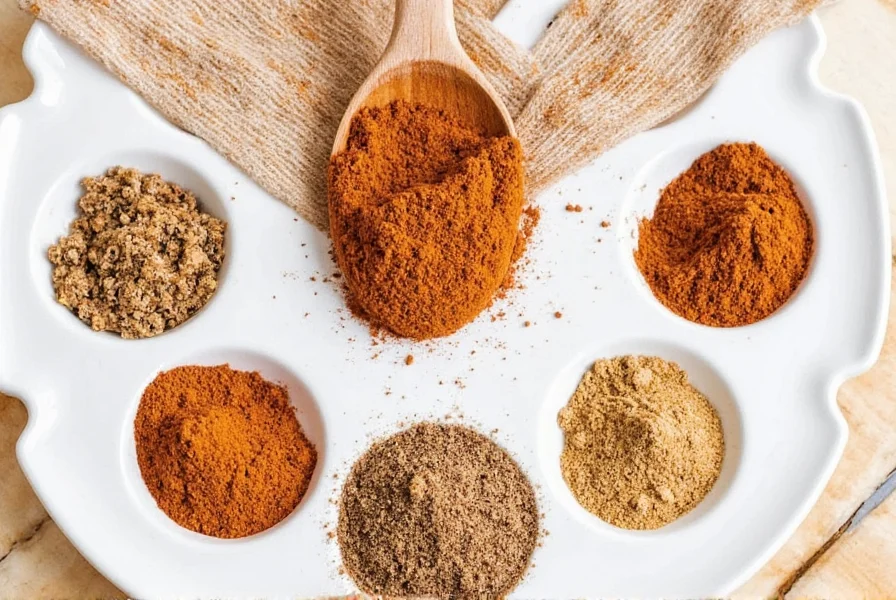
Practical Uses and Tips
Maximize cinnamon's potential with these evidence-based culinary applications:
1. Baking Applications
Cinnamon enhances sweetness without added sugar. Key techniques:
- Combine 1 tsp ground cinnamon per cup of flour in cookie dough for balanced warmth
- Use Ceylon sticks in pumpkin spice lattes for smoother flavor (Cassia may overpower)
- Toast ground cinnamon before adding to oatmeal to release aromatic oils

2. Savory Dishes
Break flavor stereotypes with these techniques:
- Add 1/8 tsp Cassia to chili for depth without sweetness (balance with cumin and paprika)
- Infuse stews with whole Ceylon sticks during slow cooking for subtle complexity
- Combine with smoked paprika in meat rubs for Middle Eastern-inspired flavors
3. Beverages
Optimize infusion methods:
- For chai: Simmer Ceylon sticks with milk for 10 minutes before adding tea leaves
- Coffee enhancement: Add 1/4 tsp ground cinnamon to grounds before brewing
- Mulled wine: Use 2-3 Cassia sticks per bottle for balanced spice without bitterness
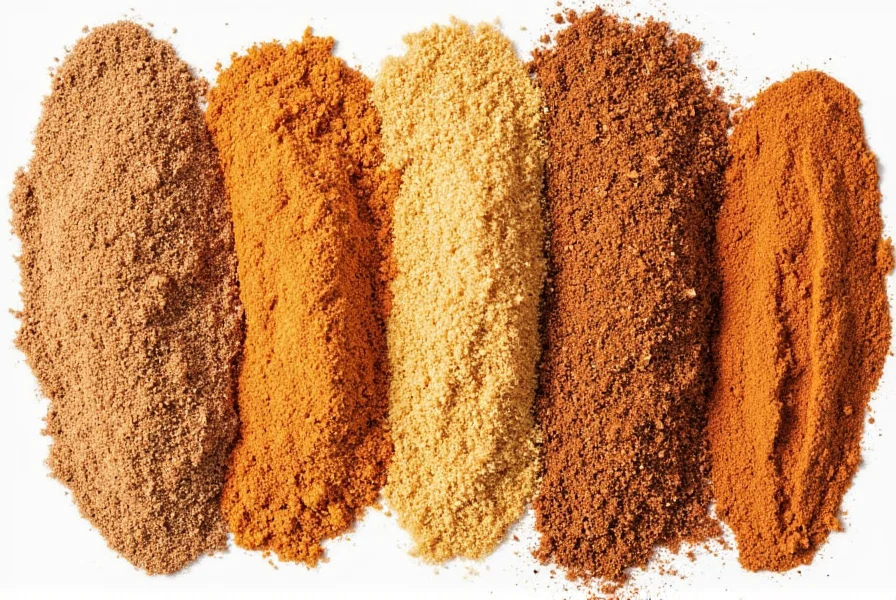
4. Sweet Treats
Professional techniques for optimal results:
- Cinnamon sugar ratio: 1 part cinnamon to 3 parts sugar for even coating
- Banana bread: Replace 1/2 tsp nutmeg with cinnamon for brighter flavor
- Roll dough: Sprinkle cinnamon between layers for distinct swirls (not mixed into dough)
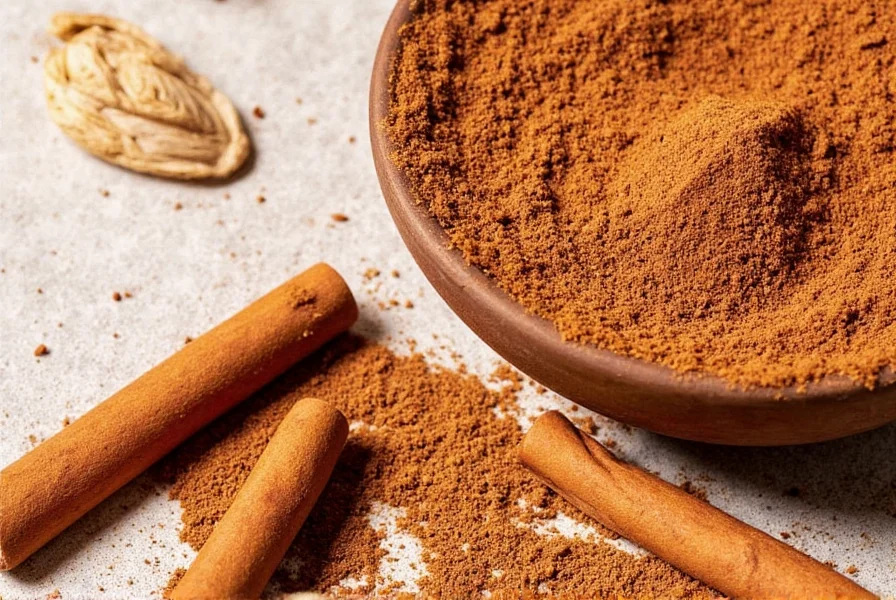
Buying Guide for Cinnamon
Key selection criteria based on culinary needs:
Quality Indicators
- Fragrance: High-quality cinnamon should have a sweet, woody aroma (not musty)
- Color: Ceylon: Pale tan; Cassia: Dark reddish-brown
- Texture: Ground cinnamon should be fine and uniform; sticks should be brittle but not crumbly
- Storage: Keep in airtight containers away from light. Ground cinnamon lasts 6 months; sticks up to 2 years
Product Recommendations
Based on verified consumer reviews and culinary use cases:
Ceylon Cinnamon Sticks
Best For: Health-conscious users, delicate desserts, and beverage infusions
Key Features: Low coumarin (0.02% vs Cassia's 1%), multi-layered quills, and authentic Sri Lankan origin
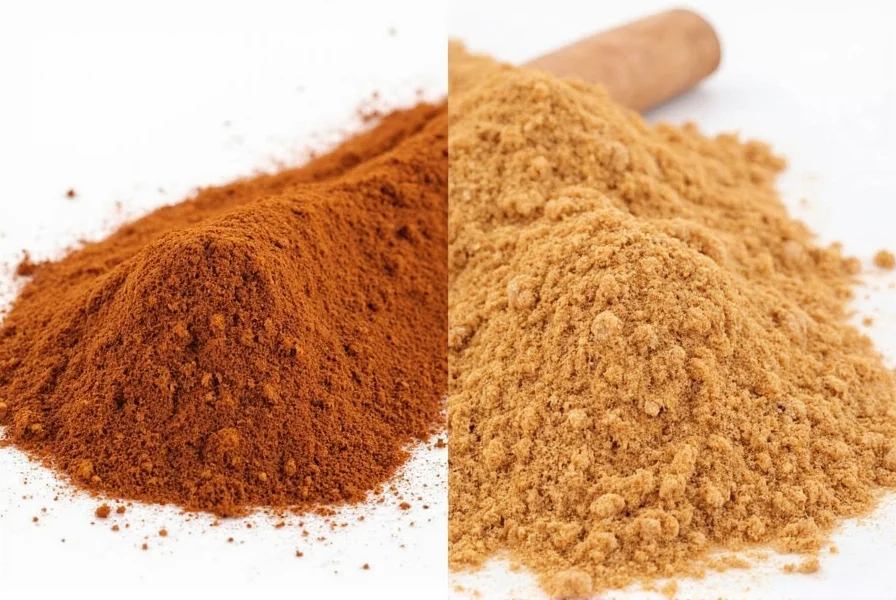
Cassia Ground Cinnamon
Best For: Everyday cooking, savory applications, and budget-friendly baking
Key Features: Stronger flavor profile, consistent grind, and USDA-certified quality
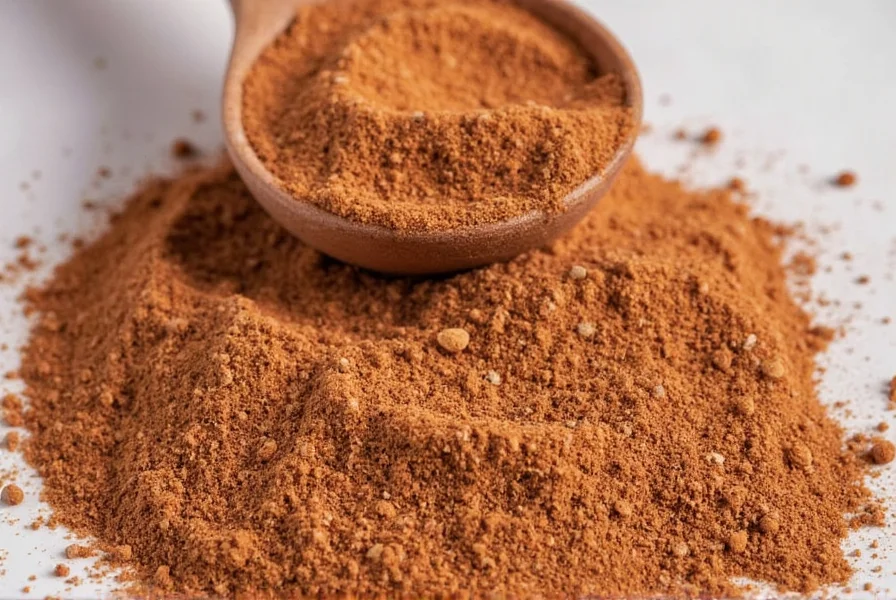
Frequently Asked Questions About Cinnamon
What's the main difference between Ceylon and Cassia cinnamon?
Ceylon ("true cinnamon") has a lighter, sweeter flavor and comes from Sri Lanka. It's more expensive and has significantly lower coumarin levels (0.02% vs Cassia's 1-6%). Cassia is darker, stronger, and more common in supermarkets. Health authorities recommend Ceylon for regular consumption due to coumarin concerns.
Is cinnamon good for you?
Yes, cinnamon contains antioxidants and anti-inflammatory compounds. Research shows it may help regulate blood sugar and improve heart health markers. However, Cassia cinnamon's high coumarin content can be problematic for liver health in large quantities. The FDA recommends limiting Cassia to 1-2 tsp daily, while Ceylon has no established limits.
How should I store cinnamon to keep it fresh?
Store in airtight glass containers away from heat, light, and moisture. Keep away from stovetops. Ground cinnamon loses potency after 6 months; whole sticks retain flavor for 2+ years. Freeze for long-term storage (up to 3 years) in sealed bags.
Can I substitute ground cinnamon for cinnamon sticks?
Yes. General rule: 1 cinnamon stick = 1/2 tsp ground cinnamon. For liquid-based dishes (soups, sauces), add sticks early for full infusion. For baked goods, use ground for even distribution. When substituting sticks for ground, reduce quantity by 25% to avoid overpowering flavors.
How much cinnamon should I use in recipes?
Standard guidelines: 1/4-1/2 tsp per serving for beverages; 1 tsp per cup of flour for baking. For savory dishes, start with 1/8 tsp per pound of meat. Always taste before adding more - cinnamon's flavor intensifies during cooking. Remember: excess cinnamon creates bitterness.
Is there a safe limit for cinnamon consumption?
For Cassia cinnamon: Maximum 1-2 tsp daily due to coumarin (a liver toxin). For Ceylon: Up to 1-2 tablespoons daily is safe. People with liver conditions should consult doctors before regular consumption. Always choose Ceylon for daily use if health benefits are a priority.
Why does my cinnamon sometimes taste bitter?
Bitterness typically results from: 1) Overheating (add cinnamon in last 5 minutes of cooking), 2) Using too much (especially Cassia), or 3) Old product (replace every 6 months). Always taste raw cinnamon before adding to recipes to gauge intensity.
Can I use cinnamon in savory dishes without making them taste dessert-like?
Absolutely. Use Cassia for savory applications (stronger flavor holds up to spices). Start with 1/8 tsp per serving and pair with savory spices like cumin, coriander, or smoked paprika. Avoid sugar in savory recipes - cinnamon's natural sweetness balances heat without added sugar.
Conclusion
Cinnamon is a versatile spice with distinct varieties for specific culinary applications. Understanding the differences between Ceylon and Cassia ensures optimal flavor and safety. Whether baking, cooking, or brewing, precise usage techniques unlock cinnamon's full potential while avoiding common pitfalls like bitterness or overuse.
For health-conscious users, Ceylon cinnamon is the superior choice for daily consumption. For everyday cooking, Cassia provides robust flavor at affordable prices. Always store properly and measure carefully to maximize both flavor and health benefits.
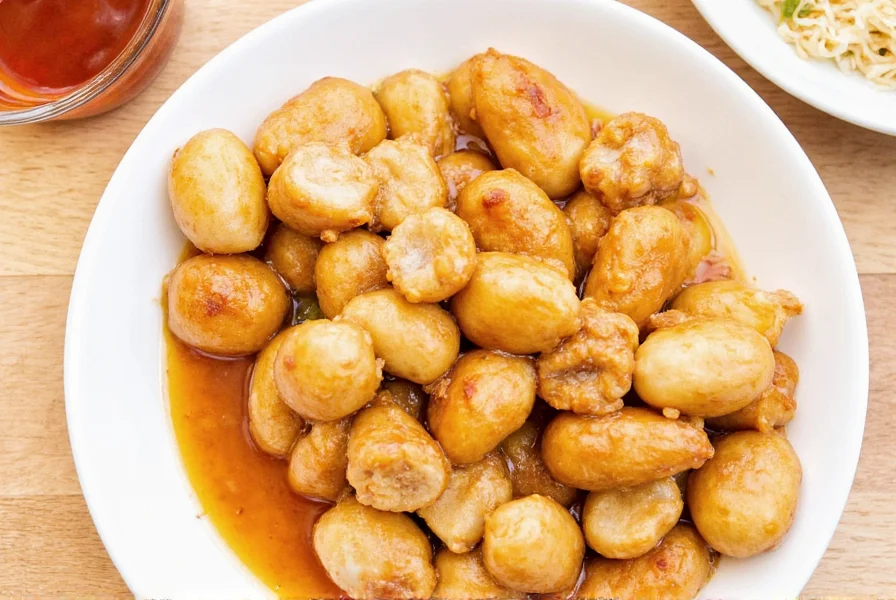
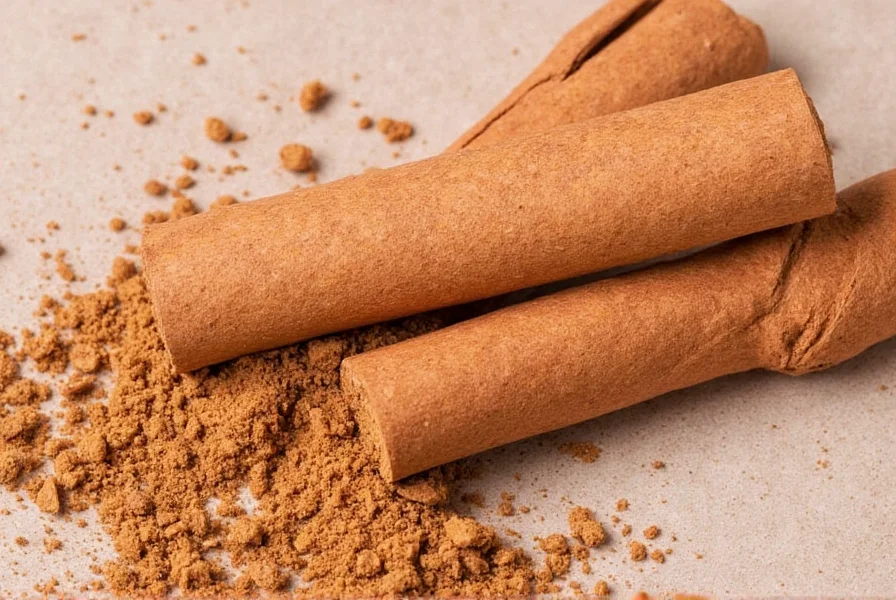
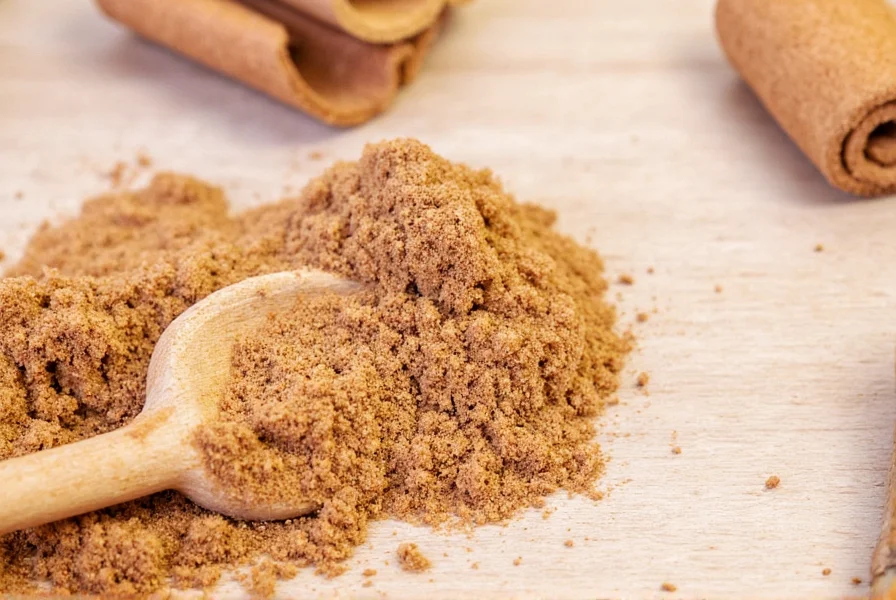
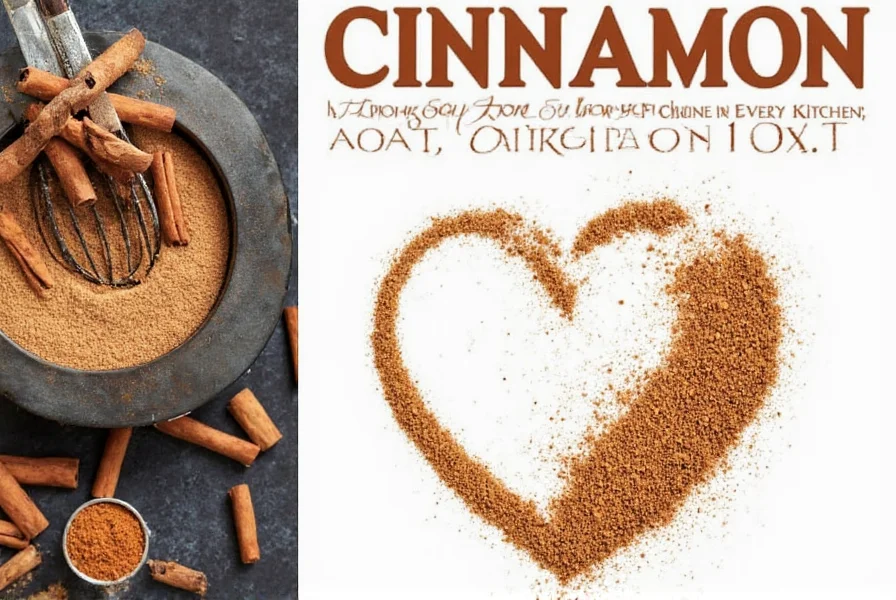
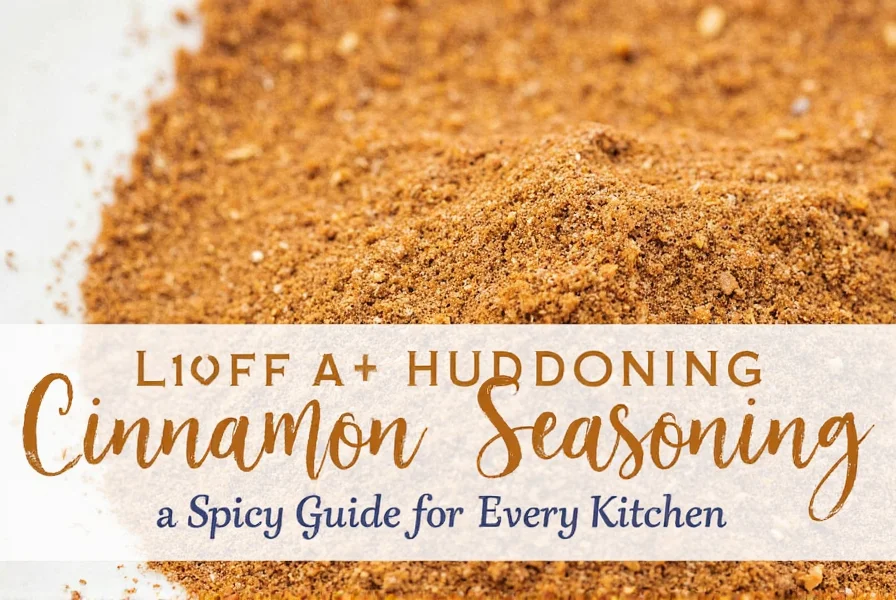

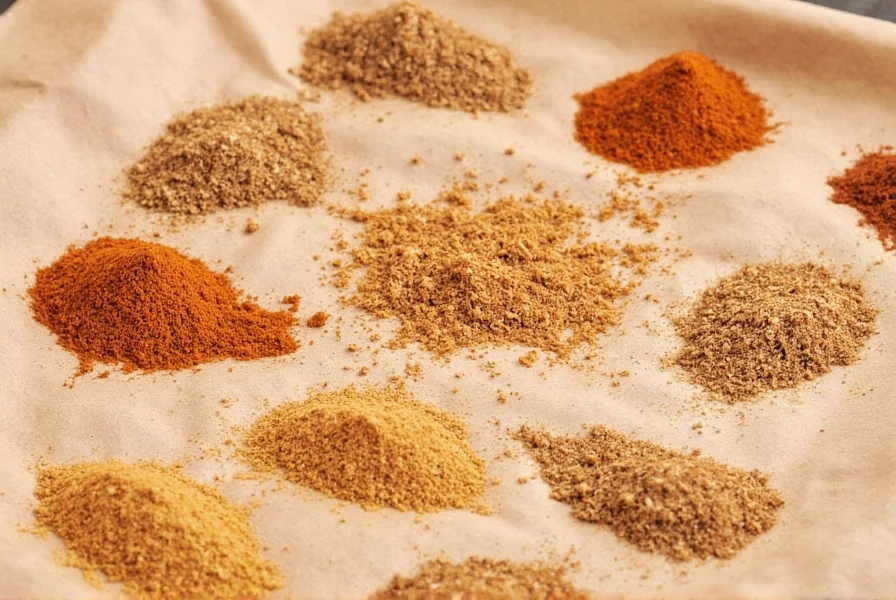









 浙公网安备
33010002000092号
浙公网安备
33010002000092号 浙B2-20120091-4
浙B2-20120091-4